Have you ever looked at a shelf full of CBD creams and wondered if they could be the solution you’ve been looking for? With the buzz around cannabidiol (CBD) products soaring, it’s easy to get swept up in the hype. But let’s pause for a moment.
What are the CBD cream side effects you need to be aware of, especially when applying them topically?
This guide covers everything you need to know about CBD creams, including their potential side effects and safe usage. Buckle up—you’re about to become an expert on the subject!
Ever wondered how CBD creams come to life? It’s a fascinating process!
The result? A topical product that’s ready to soothe your skin.
Your skin is teeming with cannabinoid receptors, part of the body’s endocannabinoid system. When you apply CBD cream, it interacts with these receptors to potentially reduce pain and inflammation.
Think of it as a lock and key mechanism—CBD is the key that unlocks relief.
CBD creams are designed for optimal absorption. While they don’t reach the bloodstream significantly, they permeate the skin layers to interact with localized cannabinoid receptors.
This means relief stays where you need it most.
Imagine easing muscle soreness after a tough workout with just a cream. Research indicates that CBD could effectively alleviate inflammation and pain, making it a sought-after option for both athletes and individuals dealing with chronic pain.
Inflammation is the body’s response to injury or irritation. But chronic inflammation can be a real pain—literally. CBD’s anti-inflammatory properties may help soothe conditions like arthritis or even acne. A study in the European Journal of Pain demonstrated that topical CBD could help lower inflammation and pain-related behaviors.
CBD’s antioxidant properties may reduce signs of aging, and it can help control oil production, making it useful for acne-prone skin. Some users report smoother, more hydrated skin after consistent use.
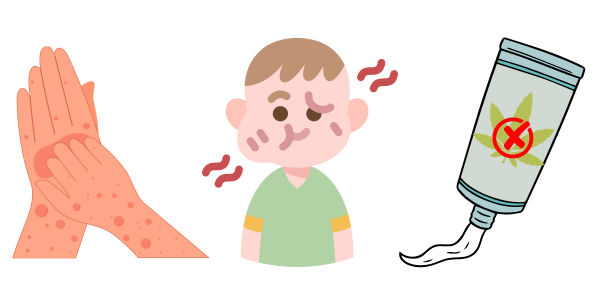
Some users report skin irritation after using CBD creams. Symptoms can include:
Always consider doing a patch test before full application.
Could you be allergic to CBD cream? While rare, allergic reactions can occur, often due to other ingredients like fragrances or preservatives in the product.
Ingredients like lanolin or certain essential oils can be culprits. Always check the ingredient list!
Mixing CBD cream with other skincare products? Be cautious. Some ingredients might not play well together, potentially causing irritation or reducing effectiveness.
For example, combining CBD cream with products containing acids like salicylic acid might increase skin sensitivity.
Can a cream really alter one’s appetite? Unlikely, but some users report feeling hungrier after using CBD products. It’s more common with edibles but worth mentioning.
The psychological association with CBD might trigger appetite in some individuals.
CBD is known for its calming effects, which might translate to slight fatigue when applied in large amounts. If you notice this, consider reducing the amount used.
“Dry mouth from a cream?” you ask. While improbable with topical use, it’s a reported side effect of CBD in general. Always stay hydrated, just in case.
More isn’t always better. Using a large amount of CBD cream increases the risk of side effects. Start with a small amount—think pea-sized—and see how your body reacts. You can always add more if needed.
Not all CBD creams are created equal. Low-quality products may contain contaminants or inaccurate CBD concentrations. Look for products with third-party lab testing. This ensures you’re getting what you pay for and reduces the risk of unwanted side effects.
Your skin is unique. Factors like skin type, existing conditions, and even genetics can influence how you react to CBD cream. What works wonders for your friend might not be the best for you.
Less can be more. Start with a small amount and increase gradually if needed. Overdoing it doesn’t necessarily enhance benefits and might increase side effects.
Massage the cream gently into the affected area. This not only aids absorption but also stimulates blood flow, enhancing relief. Circular motions can be particularly effective.
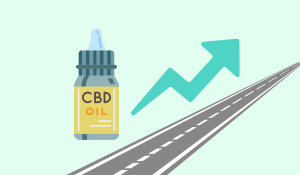
Therapeutic Uses of CBD Managing Chronic Pain with CBD Struggling with chronic pain? CBD might help. Studies suggest it can reduce inflammation and alleviate discomfort,...
Read More
Cannabis has been used for millennia to treat numerous health conditions. Current research offers promising results on the effects of CBD oil on breast cancer.
Read More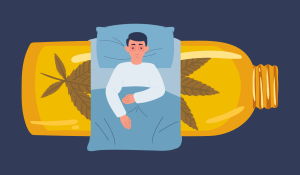
If you've ever wondered about using CBD for insomnia, you should know how CBD helps anxiety, stabilizes your sleep-wake cycle, and makes falling asleep easier.
Read More
CBD-infused salad dressing: Imagine a fresh, crisp salad enhanced with a light, herbaceous vinaigrette containing your daily dose of CBD. To create this, you’ll need...
Read More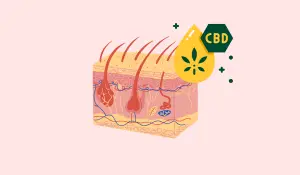
1. What Is CBD and Why Is It a Game-Changer for Skin Health? CBD (cannabidiol) is a natural compound extracted from the hemp plant. Unlike...
Read More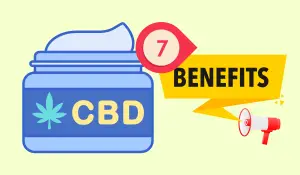
Understanding Arthritis and Its Impact on Daily Life Arthritis encompasses a wide range of conditions, including: Imagine struggling with simple tasks like opening jars, climbing...
Read More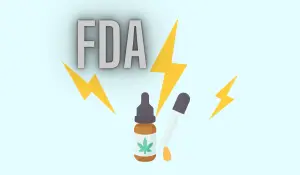
The Legal Landscape of CBD The 2018 Farm Bill and Its Impact The signing of the Agriculture Improvement Act of 2018, commonly known as the...
Read More
Breakthrough #1: CBD’s Role in Chronic Pain Relief Chronic pain robs people of precious moments. A 2021 study in the Journal of Pain Research highlights...
Read More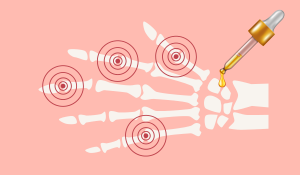
Understanding Arthritis Pain Arthritis is a chronic condition that affects daily activities, from opening jars to taking walks. Here’s a look at the two most...
Read More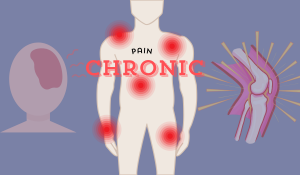
Types of Pain CBD May Alleviate CBD shows promise in managing various types of pain: CBD vs. Traditional Painkillers Traditional painkillers like opioids can be...
Read More